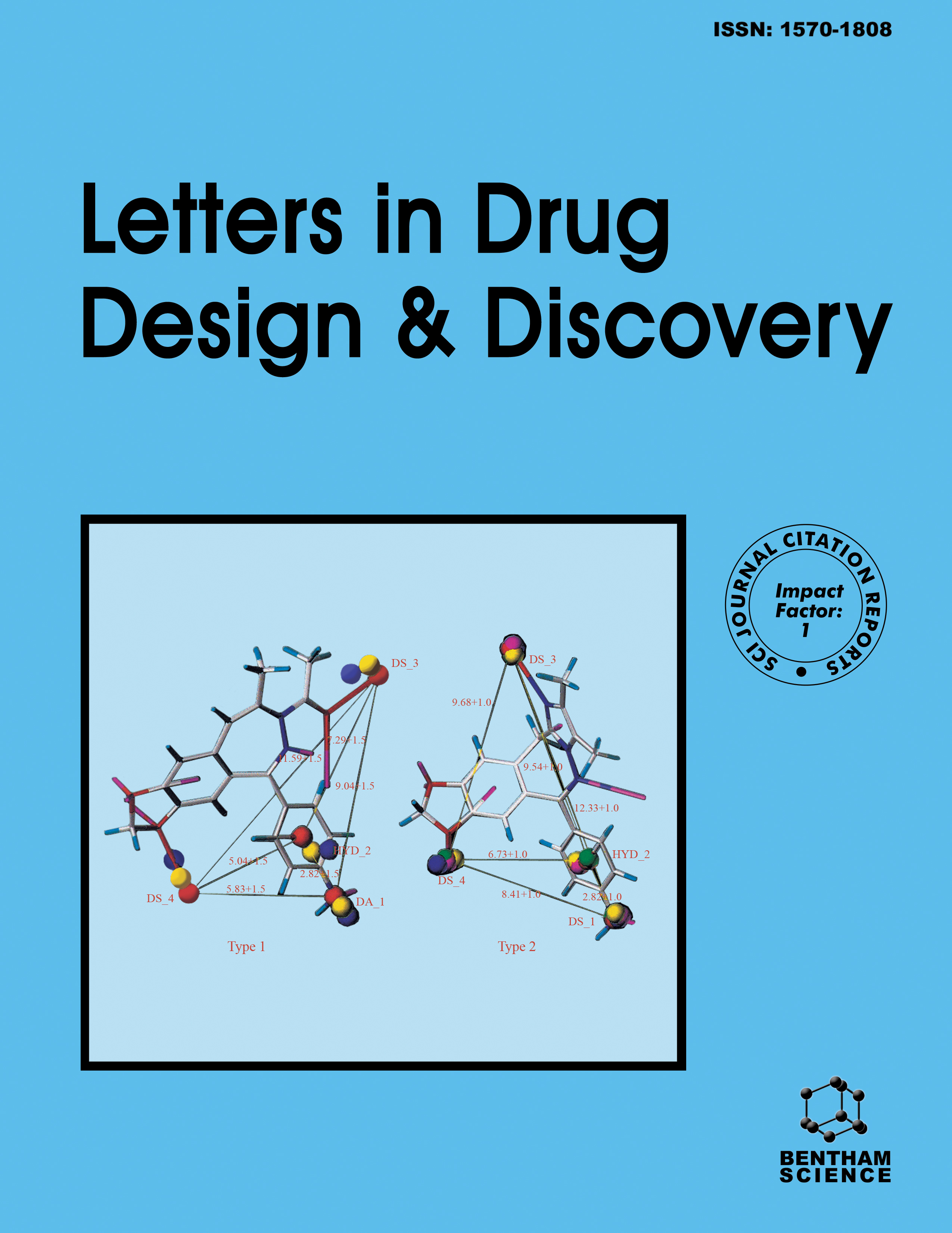-
oa In Vitro and In Vivo Profiles and Characterization of Insulin Nanocarriers Based in Flexible Liposomes Designed for Oral Administration
- Source: Letters in Drug Design & Discovery, Volume 16, Issue 8, Aug 2019, p. 948 - 960
-
- 01 Aug 2019
Abstract
Background: Alternatives routes of delivery for Insulin have been evaluated to improve treatment for Diabetes Mellitus. The oral route is the most convenient physiologically; it releases in a similar way to endogenous secretion. Flexible liposomes have deformable abilities to pass through membranes with adequate therapeutic effects, but they have been tested only dermally. Objective: Our aim was to develop an oral nanocarrier based on flexible liposomes for insulin with polymer addition to reduce gastrointestinal degradation. Methods: Different percentages of polyethylene glycol were added to a conventional formulation of flexible liposomes. The manufacturing procedure was the heating method. Z potential, size particle, polydispersity index and encapsulation percentage were evaluated. A release profile was performed in the stomach and intestinal pH mediums by two-stage reverse dialysis method. The in-vivo test was performed in experimental diabetic rats by oral, transdermal and subcutaneous routes. Results: All the formulations showed polydispersity but adequate Z potential. The 10% PEG formulation obtained the best insulin enclosure with 81.9%. The insulin integrity after preparation was confirmed by polyacrylamide gel electrophoresis. PEG and non-PEG formulations showed similar behavior in acid release profile but the release and stability of lipid structures were better and longer in intestinal pH conditions. In vivo tests showed a reduction to normal glucose levels only in subcutaneous route. Conclusion: The polymer inclusion in flexible liposomes generates an adequate nanocarrier for proteins in terms of stability and composition; although its in-vivo use reduces glucose levels in subcutaneous route, the effect was not adequate in oral route.


